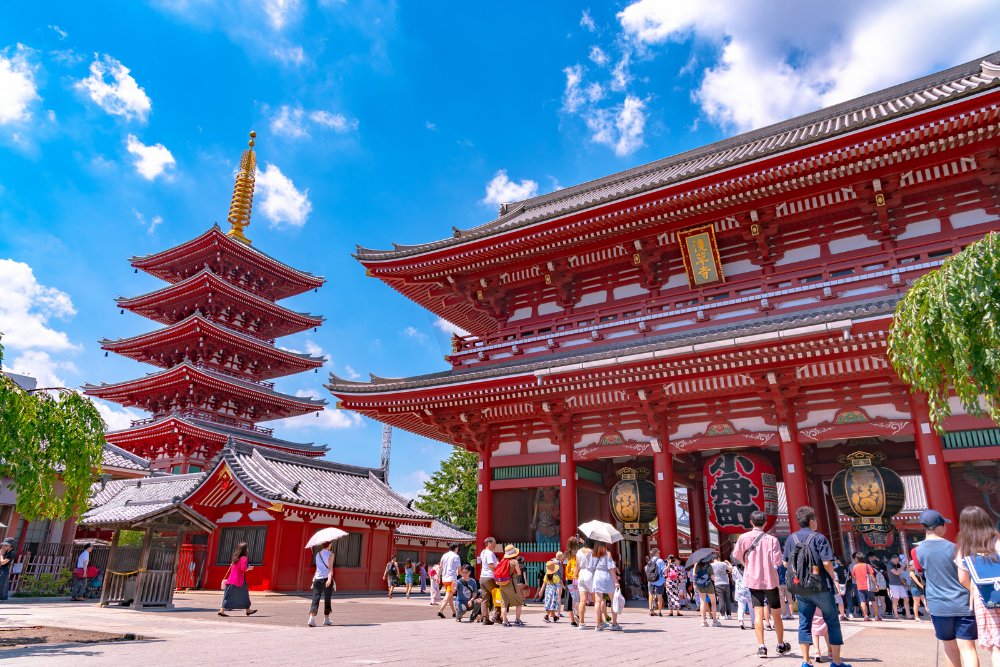Japan has a long tradition of spiritual pilgrimages, with ancient trails winding through sacred mountains, forests, and temple-dotted landscapes. These journeys offer not only physical endurance but also deep introspection, as travelers walk in the footsteps of monks, emperors, and seekers of enlightenment.
Whether you’re interested in Buddhism, Shintoism, or simply the beauty of nature, Japan’s pilgrimage routes provide an opportunity to connect with the country’s spiritual heritage. This guide explores some of the most significant pilgrimage trails, their histories, and what to expect along the way.
1. The Kumano Kodo – Walking the Path of the Gods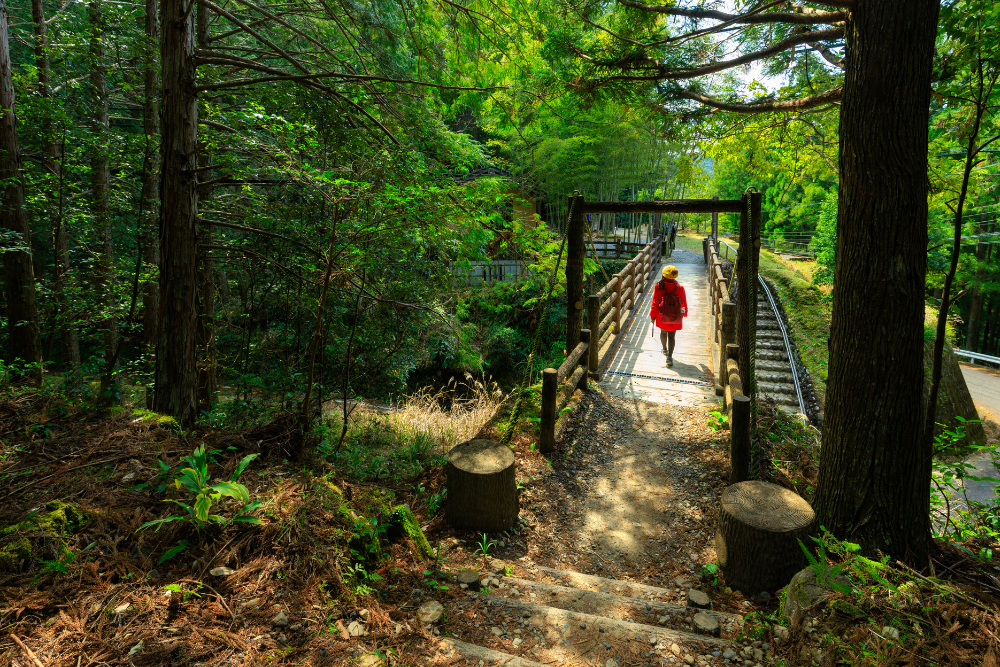
Overview
The Kumano Kodo, a network of ancient pilgrimage routes in Wakayama Prefecture, leads to the Three Grand Shrines of Kumano (Kumano Sanzan). It has been used for over 1,000 years, attracting emperors, monks, and pilgrims seeking spiritual purification.
Why It’s Special
- One of only two UNESCO-listed pilgrimage routes (alongside Spain’s Camino de Santiago)
- Passes through mystical forests, waterfalls, and remote villages
- Leads to the iconic Kumano Nachi Taisha, home to Japan’s tallest waterfall
What to Expect
- Trails range from short day hikes to multi-day treks
- Traditional onsen stays along the route for relaxation
- The experience of walking through misty forests once considered the dwelling places of spirits
Best Time to Visit: Spring and autumn for mild weather and scenic beauty
2. The Shikoku 88 Temple Pilgrimage – A Journey of Enlightenment
Overview
Covering 1,200 kilometers, the Shikoku 88 Temple Pilgrimage is Japan’s most famous Buddhist pilgrimage, founded by Kukai (Kobo Daishi), the founder of Shingon Buddhism. The trail circles the island of Shikoku, taking pilgrims through mountains, coastal towns, and historic temples.
Why It’s Special
- Visiting all 88 temples is believed to bring spiritual awakening
- Pilgrims, called Ohenro, wear traditional white clothing and carry walking sticks
- The route offers a deep dive into Japan’s Buddhist traditions
What to Expect
- A full journey takes 1-2 months on foot, but buses and trains allow shorter visits
- Opportunities to stay in temple lodgings (shukubo)
- A mix of rural landscapes, serene temples, and encounters with kind locals
Best Time to Visit: Spring for cherry blossoms, autumn for foliage
3. Mount Koya (Koyasan) – The Sacred Mountain of Buddhism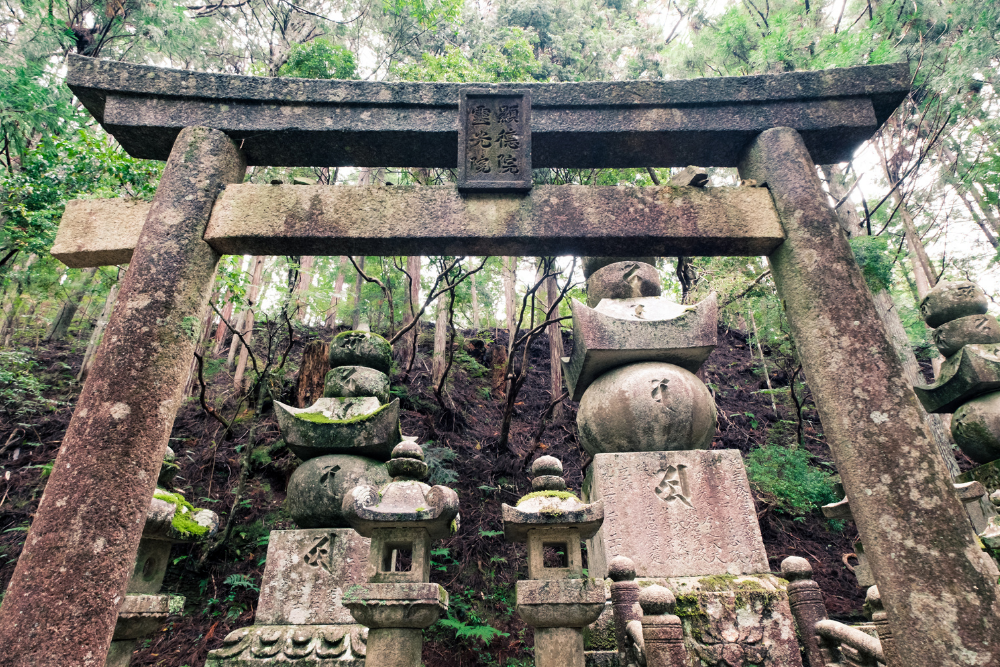
Overview
Founded by Kukai in the 9th century, Koyasan is the heart of Shingon Buddhism and one of Japan’s most sacred sites. The pilgrimage culminates at Okunoin Cemetery, where Kukai is believed to be in eternal meditation.
Why It’s Special
- Home to over 100 temples, many offering temple lodging experiences
- The mystical atmosphere of Okunoin, Japan’s largest cemetery
- A chance to experience Zen meditation, Buddhist rituals, and vegetarian monk cuisine (shojin ryori)
What to Expect
- A hike along the Koyasan Choishi Michi, the traditional pilgrimage route to the temple town
- Staying overnight in a temple guesthouse
- Walking through a lantern-lit cemetery surrounded by ancient cedar trees
Best Time to Visit: Year-round, but autumn provides stunning fall colors
4. The Saigoku Kannon Pilgrimage – Honoring the Goddess of Mercy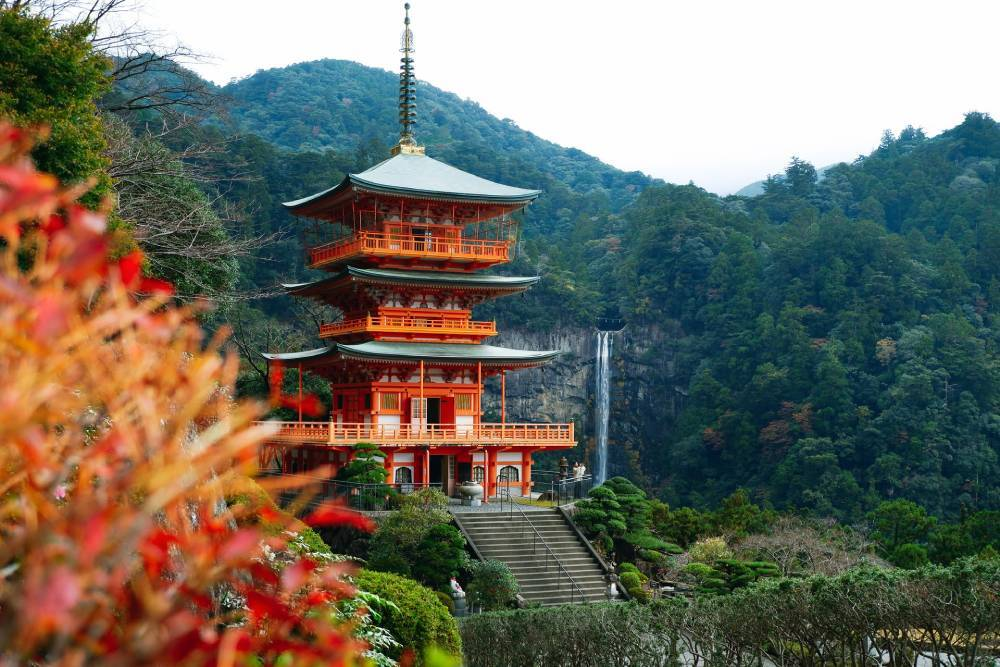
Overview
This 33-temple pilgrimage, dedicated to Kannon, the Buddhist goddess of mercy, is one of the oldest pilgrimage routes in Japan, dating back over 1,000 years. The temples are spread across Kyoto, Nara, Osaka, and beyond.
Why It’s Special
- Each temple has a unique Kannon statue, said to bring blessings
- Many sites are UNESCO World Heritage temples
- It follows a mix of city, countryside, and mountain trails
What to Expect
- A long but rewarding journey, taking several weeks to complete
- Visits to iconic temples like Kiyomizu-dera in Kyoto and Hase-dera in Nara
- Peaceful walks through temple gardens and scenic mountain locations
Best Time to Visit: Spring and autumn for comfortable hiking conditions
5. The Chichibu 34 Kannon Pilgrimage – A Shorter Kannon Trail Near Tokyo
Overview
If you’re looking for a shorter alternative to the Saigoku Kannon Pilgrimage, the Chichibu 34 Kannon Pilgrimage is perfect. Located in Saitama Prefecture, just outside Tokyo, it covers 34 temples dedicated to Kannon.
Why It’s Special
- Ideal for those who can’t commit to longer pilgrimages
- A mix of rural landscapes and historic temple sites
- Some of the oldest wooden structures in Japan
What to Expect
- Can be completed in a few days to a week
- Offers a blend of hiking trails and cultural experiences
- Less crowded than other pilgrimage routes
Best Time to Visit: Spring and autumn for scenic views
6. Mount Haguro – The Sacred Mountain of the Yamabushi Ascetics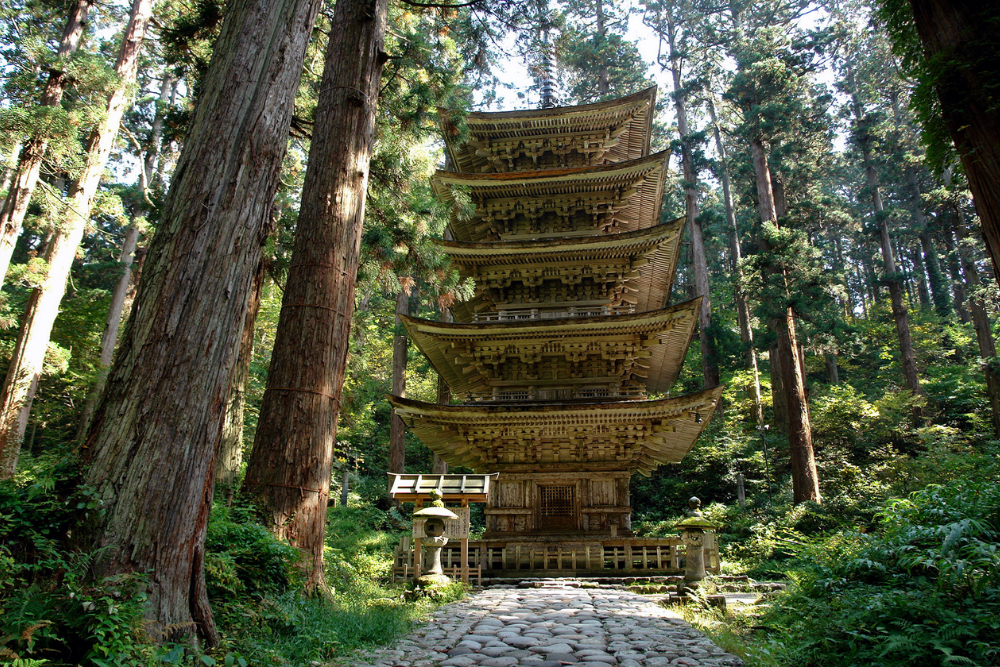
Overview
Part of the Dewa Sanzan (Three Sacred Mountains of Dewa), Mount Haguro is the most accessible of the three and is a center for Yamabushi (mountain ascetics). Pilgrims climb its 2,446 stone steps, passing through an ancient cedar forest.
Why It’s Special
- The steps symbolize a spiritual journey from life to death and rebirth
- The Five-Story Pagoda, a National Treasure, is an architectural masterpiece
- Traditional Yamabushi rituals and meditation experiences are available
What to Expect
- A challenging but rewarding climb through sacred cedar forests
- The chance to participate in traditional mountain monk practices
- Serene temple lodgings offering simple yet nourishing meals
Best Time to Visit: Summer for Yamabushi training, autumn for foliage
Conclusion
Japan’s pilgrimage trails offer more than just historical and spiritual significance—they provide an opportunity for self-discovery, reflection, and immersion in nature. Whether you’re looking for a short spiritual retreat at Mount Koya, an epic island pilgrimage in Shikoku, or a sacred mountain ascent, these routes allow you to experience Japan’s ancient traditions in an unforgettable way.
Which pilgrimage would you embark on?



